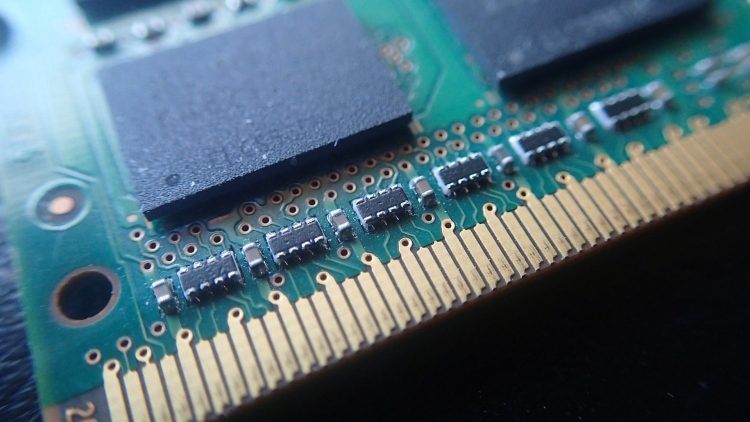The Linux kernel provides a degree of flexibility when it comes to memory allocation. A sysctl parameter, vm.overcommit_memory, controls how the kernel handles situations where processes request more memory than is physically available. When set to 0 or 1, the kernel allows for “overcommit” – essentially permitting programs to allocate more memory than exists. This can lead to a critical situation if the allocated memory is fully utilized, as the system can run out of physical resources.
Overcommitment and Memory Exhaustion
When memory is exhausted, the stability of the entire system is threatened. Processes might crash, essential services could fail, and the overall performance would drastically degrade. To prevent this, the Linux kernel employs a mechanism known as the Out of Memory (OOM) Killer.
The OOM Killer’s Decision-Making Process
The OOM Killer’s primary role is to selectively terminate processes to free up enough memory for the system to function. The challenge lies in choosing the “best” process to kill – the one that will release the most memory while causing minimal disruption.
OOM Score: To make this decision, the kernel assigns an oom_score to each process. This score can be viewed under the /proc filesystem within the process ID directory. The higher the oom_score, the more likely the process is to be killed during an OOM situation.
Calculating the OOM Score: In modern Linux kernels, the oom_score is calculated as a simple percentage of the available memory the process is using.
- If the entire system is low on memory, “available memory” is the total of RAM and swap space.
- If the shortage is within a specific control group (cgroup), “available memory” is the amount allocated to that cgroup.
- Scoring Nuances: The calculation results in a number between 0 (using no memory) and 1000 (using all available memory). There are minor adjustments:
- Root-owned processes have their score slightly reduced, as they are often considered more important.
- The oom_score_adj variable (adjustable via /proc) can be added, allowing users to influence a process’s attractiveness to the OOM Killer.
Implications and Considerations
Understanding the OOM Killer’s behavior is crucial for system administrators and developers. By monitoring processes’ memory usage and oom_score values, you can gain insight into how the system might react under memory pressure.Keep in mind that the OOM Killer is a last resort. It’s designed to mitigate catastrophic failure, but killing processes can still have negative consequences.
Proactive Measures
- Optimize Applications: Ensure your software is well-written and doesn’t consume excessive memory.
- Monitor Memory Usage: Regularly check system-wide memory usage and individual process statistics.
- Set Memory Limits: Consider using cgroups or other mechanisms to set limits on memory usage per process or group of processes.
The Linux OOM Killer plays a crucial role in maintaining system stability during critical memory shortages. Its decision-making process, while complex, aims to minimize damage by selecting the most expendable processes.By understanding how the OOM Killer operates and taking proactive steps to manage memory usage, you can reduce the likelihood of encountering OOM situations and ensure smoother, more reliable system operation.





